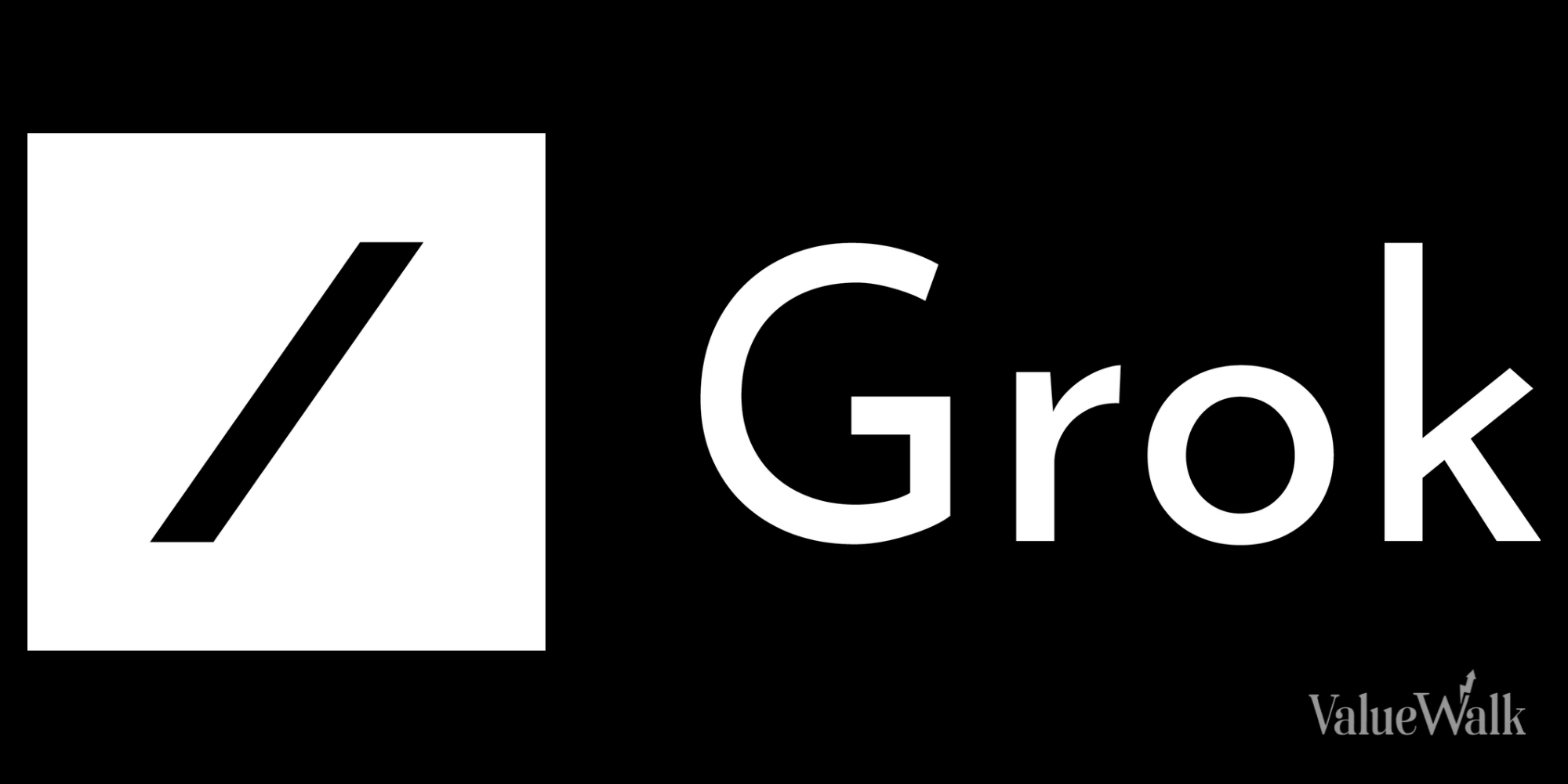No need to worry about lost Chromebooks anymore; Google has added a remote disable function
Chrome’s Francis Beaufort confirmed the news in a recent Google+ post. It’s a huge win for businesses that rely on Chromebooks as a cost-effective tool. He explained that administrators can now place lost or stolen devices into a disabled state. They can set this right up through the web-based management console and put a custom message on a disabled device screen.
Google already implemented similar features on Android
Beaufort further explains that the custom message would greet the thief if the laptop is stolen. The message could also offer contact information and reward details. Android already has such a feature. Smartphone users can use this feature to lock a device and deliver details on how to return it.
Google recently started allowing the sideloading of Linux and Android systems onto Chromebook. It isn’t clear whether these changes will disable the feature, and it depends on whether it is working at the kernel level or the Chrome operating system level. This update is still great news fo all Chromebook users, especially for business managers concerned about employees accidently leaving their laptops at some random location.
Google has yet to roll out features to everyone
Unfortunately this feature is still not available for general Gmail users at the moment. It is likely Google will eventually roll out this feature to all Google users sometime in the near future. The remote lock is currently bare bones. Users can remotely disable a device but can’t remotely clean saved files.
Last summer Google hinted at future remote lock capabilities for Chromebooks. Signs of the feature showed in the developer channel version. The options could be seen by running Chrome with an experimental line switch. Those features did not work at the time, and there was no guarantee the search giant would add the features to future versions of Chrome. Now we know the company did.





